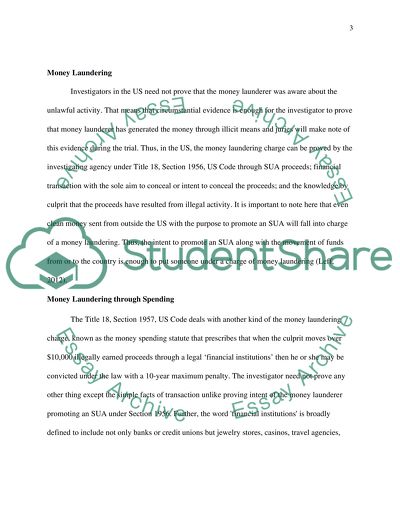Cite this document
(“Money Laundering Research Paper Example | Topics and Well Written Essays - 2000 words”, n.d.)
Retrieved from https://studentshare.org/law/1477207-money-laundering
Retrieved from https://studentshare.org/law/1477207-money-laundering
(Money Laundering Research Paper Example | Topics and Well Written Essays - 2000 Words)
https://studentshare.org/law/1477207-money-laundering.
https://studentshare.org/law/1477207-money-laundering.
“Money Laundering Research Paper Example | Topics and Well Written Essays - 2000 Words”, n.d. https://studentshare.org/law/1477207-money-laundering.


